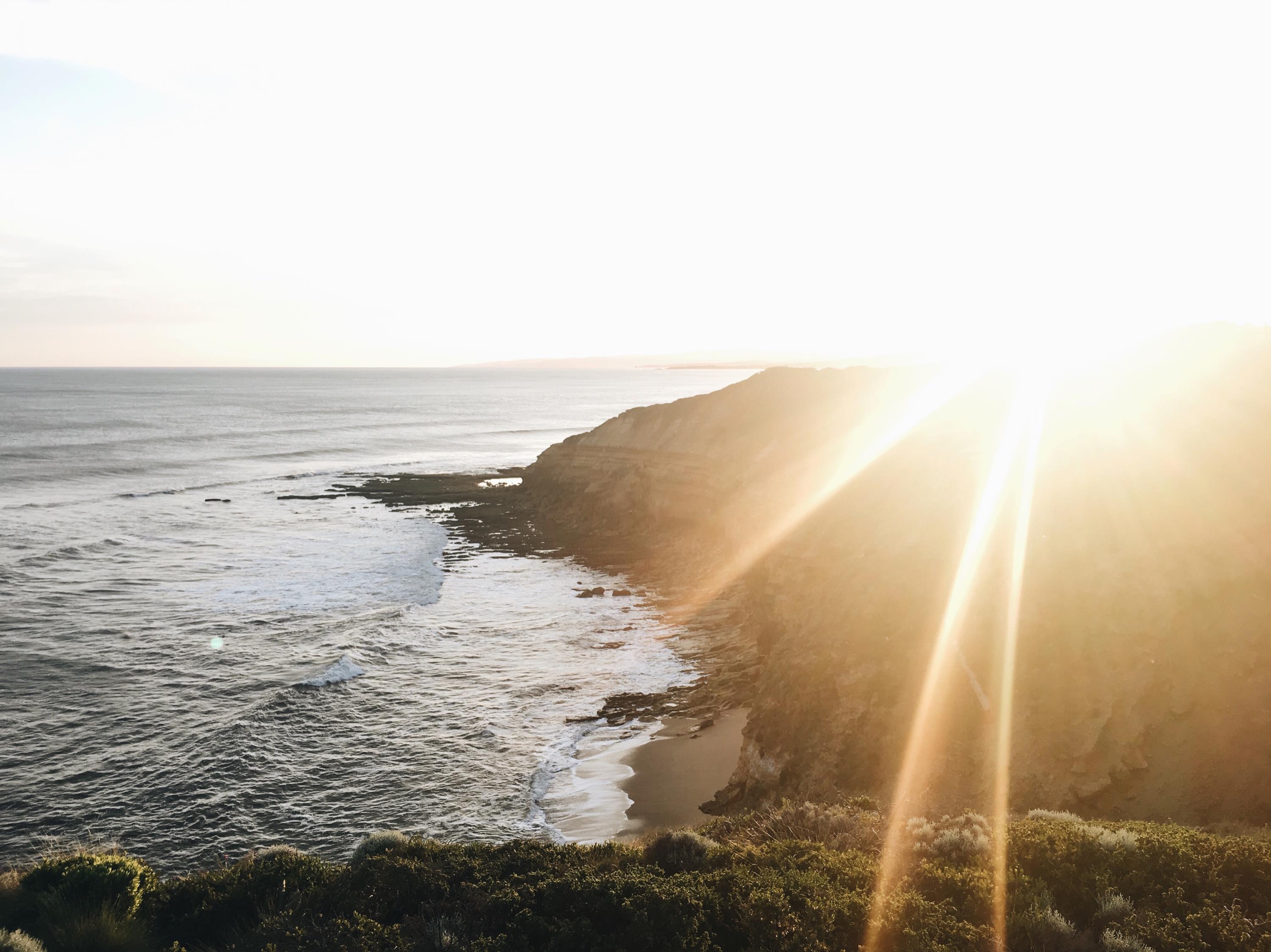
WHAT IS IT AND WHAT'S THE CONNECTION TO STONEHENGE?
it's when the northern hemisphere of the Earth is most inclined towards the sun, and that's why we get the most daylight of the year.
During the winter solstice, the northern hemisphere is tilted furthest away from the sun, hence fewer hours of daylight and the shortest day.
The word solstice is derived from the Latin words sol (sun) and sistere (to stand still), because the seasonal movement of the Sun's path (as seen from Earth) momentarily comes to a stop before reversing direction.
In the northern hemisphere, the summer solstice takes place between June 20 and 22. This year it's on Wednesday, June 21 .
In London, on the summer solstice, the sun will rise at 04:43 and set at 21:21.
Near Stonehenge in Salisbury, sunrise will be at 04:52 and sunset will occur at 21:26.
Why Stonehenge?
Stonehenge is an ancient prehistoric site, which may have been a place of worship and celebration at the time of summer solstice for thousands of years.
The giant stones are believed to have stood in the same spot since 3,000 to 2,000 BC, and are positioned to align with the sunrise on the two annual solstices.
If you stand in just the right place inside the Stonehenge monument on the day of the summer solstice, you will see the sun rise directly above the Heel Stone, which stands just outside the circle to the north-east.
Every year, thousands flock to the English Heritage site to witness the spectacle. White cloaked and hooded druids among the standing stones to welcome the first rays of the sunlight.